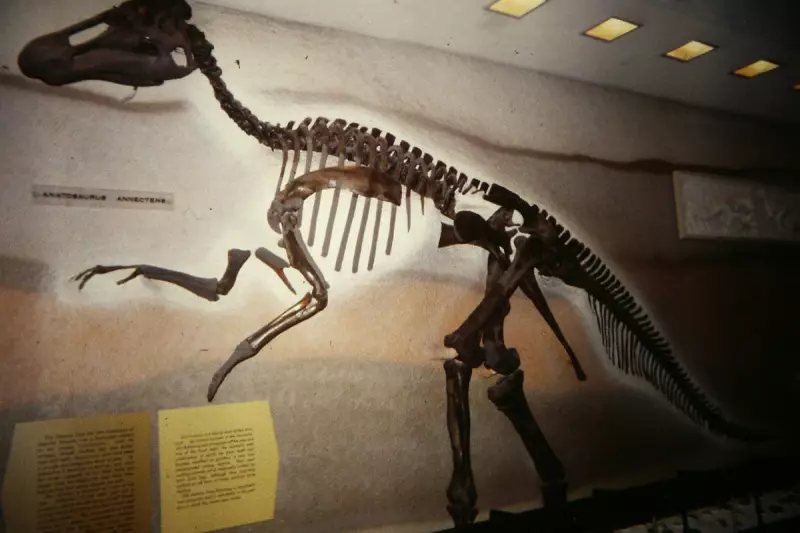
In an extraordinary breakthrough that's sending shockwaves through the scientific community, researchers have uncovered remarkably preserved dinosaur 'mummies' in the American state of Wyoming that challenge everything we thought we knew about fossil preservation.
The Unbelievable Preservation
These aren't your typical bone fossils. The discovered Edmontosaurus specimens boast near-intact skin, scales, and other soft tissues that have miraculously survived approximately 67 million years. The preservation is so exceptional that scientists can study the texture and pattern of the dinosaur's hide in astonishing detail.
How Did This Miracle Occur?
According to Dr. Phil Manning from the University of Manchester, who led the research team, the secret lies in a perfect storm of preservation conditions. "These dinosaurs underwent rapid burial in fine-grained sediments, creating an environment that prevented scavenging and slowed decomposition," he explained.
The process involved:
- Rapid burial after death
- Low-oxygen environments
- Chemical conditions that preserved skin
- Mineral replacement that maintained structure
Why This Discovery Matters
This finding fundamentally changes our understanding of what's possible in fossil preservation. These 'mummies' provide an unprecedented window into the Cretaceous period, offering insights that go far beyond what skeletal remains alone can tell us.
Researchers can now study:
- The actual texture and pattern of dinosaur skin
- Potential colouration and camouflage patterns
- Muscle attachment points and body shape
- Evidence of injuries or diseases
A Rare Phenomenon
While dinosaur bones are relatively common finds, complete specimens with soft tissue preservation are exceptionally rare. The Wyoming discovery represents one of the most significant finds of its kind, offering paleontologists a treasure trove of information about these magnificent creatures that once roamed our planet.
The research, published in the journal PLOS ONE, continues to reveal new insights as scientists employ cutting-edge technology to study these remarkable specimens without damaging their delicate structures.





